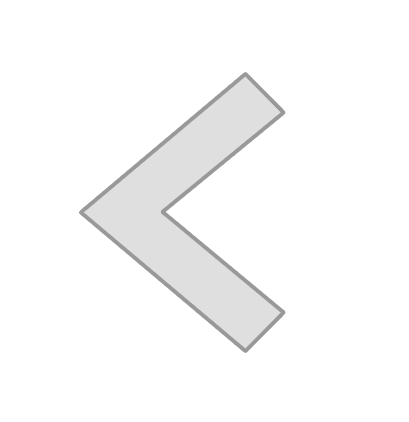

Vistemboir was Danielle Gottesman's first solo exhibition, which took place at the conclusion of her artist-in-residence program in 2013 at NDSM Werf.
NDSM Werf is a former shipyard located in the north of Amsterdam (the Netherlands). It is now a self-proclaimed "creative city", which has been continually reinvented without losing its sense of history. Change is embraced here, yet there is growing concern over plans for renovating iconic NDSM structures, such as Helling 3 and Crane 13. Danielle Gottesman's installation, Vistemboir, featured the artist’s sculptures at Helling 3 (locally known as ‘the Bunker’) to highlight NDSM's transient nature and history in shipping.
My current interest lies in skeuomorphism– a form of design that has been practiced by humans ever since we started making things. In today's digital age, skeuomorphic design has become virtually ubiquitous. Its contemporary role is to render new software more user-friendly by introducing symbols that emulate objects in the physical world. Interestingly, these symbols (digital skeuomorphs) often emulate tools that are now obsolete– tools which today's younger generations may, in fact, be unfamiliar with. To these generations– my generation– such objects have come to adopt symbolic meaning and are, as a result, increasingly hard to define.
In this installation, the viewer faces conflicting imagery– despite using traditional materials for toolmaking (mainly hardwood and steel), the forms of my sculptures are inspired by widely-used, contemporary digital icons. However familiar, the sculptures' forms defy logic since they have lost their former context and meaning. Nonetheless, the works insinuate a forgotten purpose and are often misperceived as historical artifacts. Thus the objects balance between the realms of anthropology, technology and fiction, as we attempt to reconcile our understanding of the "real" in an age that is increasingly virtual.
Relocating and making work in different regions of the world has been key to the development of my practice. My subject matter has come to naturally reflect on our global community and its collective memories. I have been particularly drawn to creative, transitional spaces that play upon their perceived historical identity. I find such intermediary environments to be the most revealing.